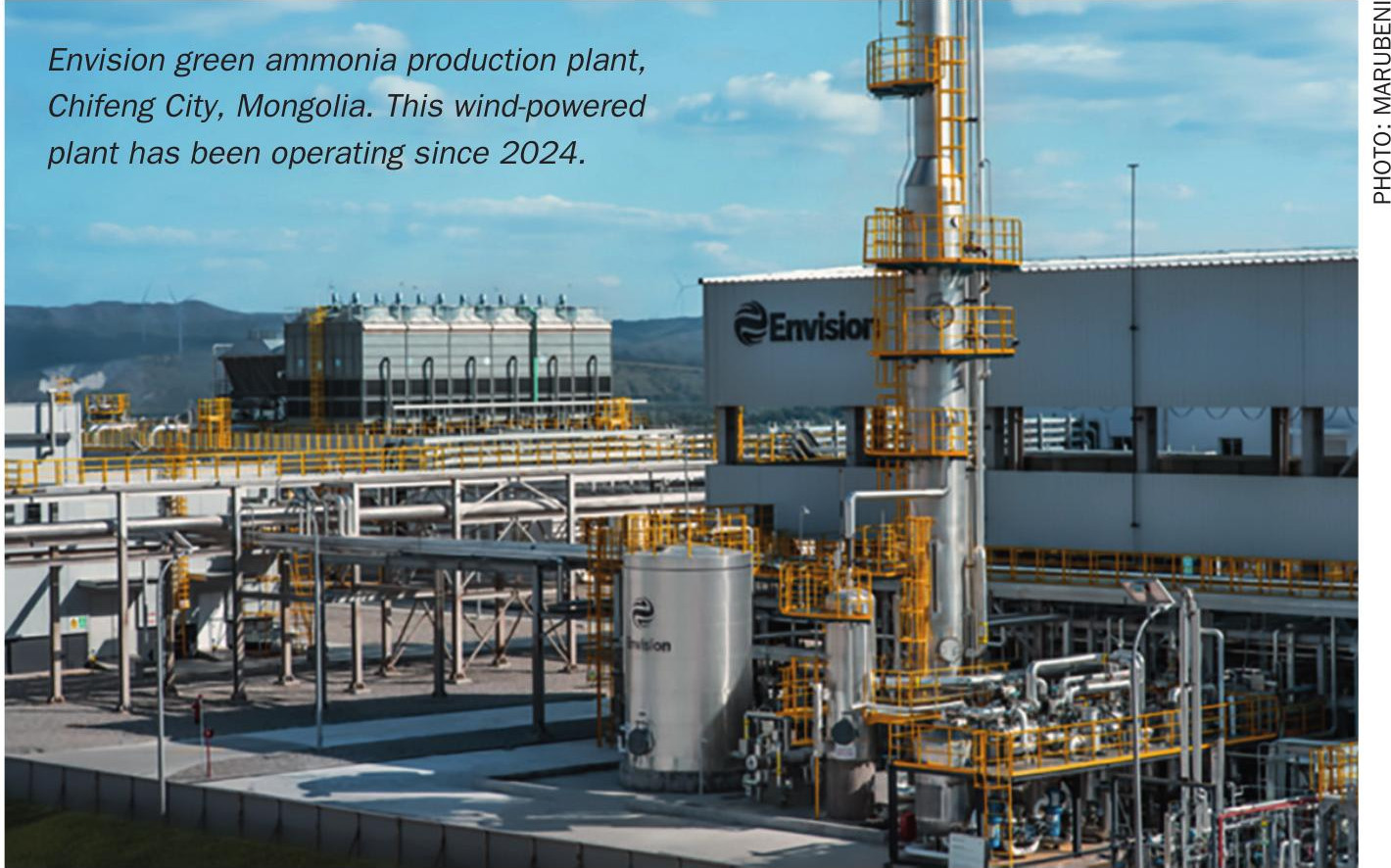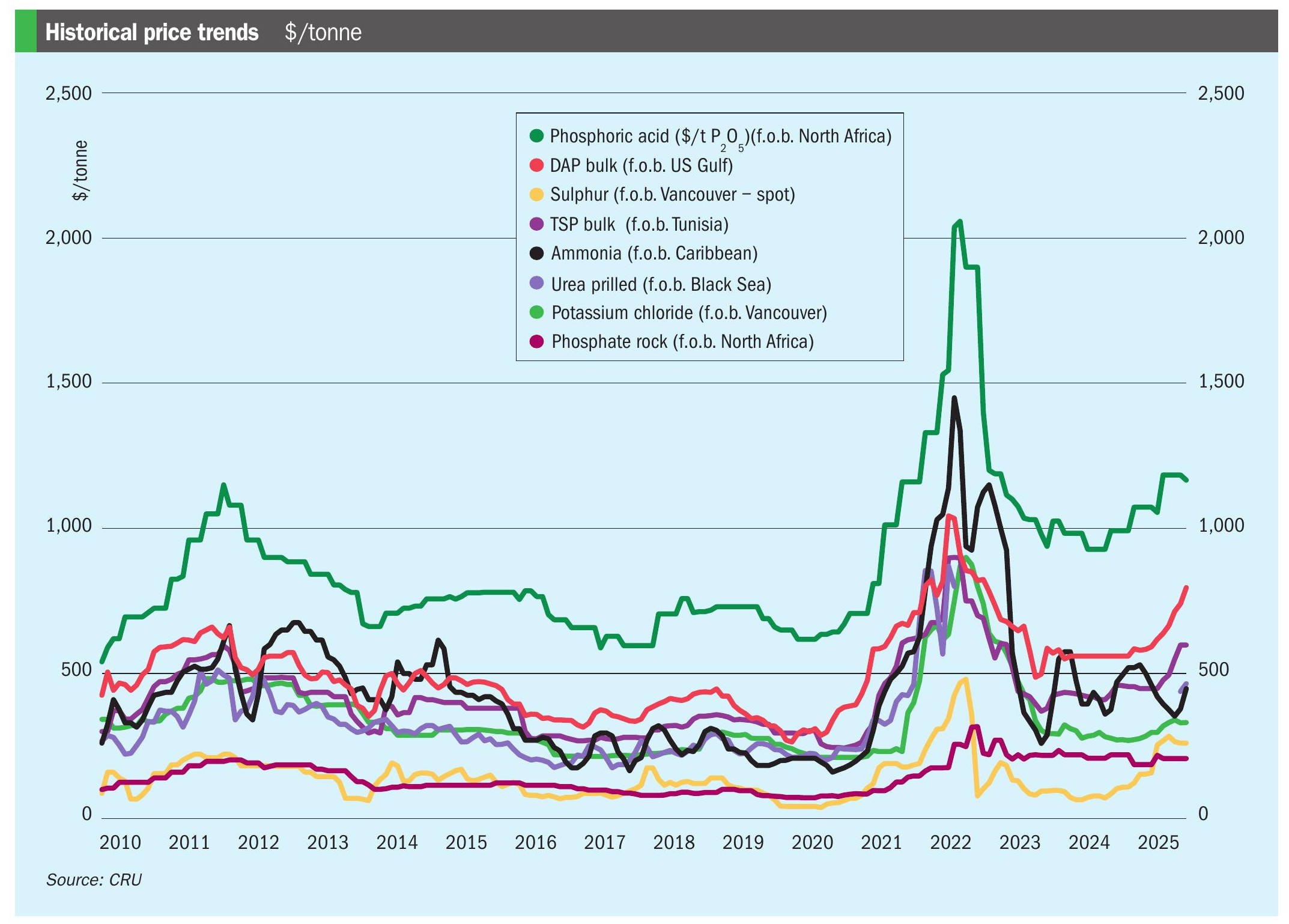Nitrogen+Syngas 388 Mar-Apr 2024

31 March 2024
Market Outlook
Market Outlook

AMMONIA
- Prices will remain stable-to-soft across the board, though benchmarks could remain slightly more supported in the short-term than previously thought, with more significant declines likely in Q2-Q3.
- Parna Raya in Indonesia is reported to be initiating a turnaround at its KPI plant in March, adding to the two Petronas units recently curtailed in Malaysia. Still, these turnarounds are not expected to provide major support for prices, with overall regional availability still healthy and demand from the Far East still limited for the time being.
- Import demand from India may be stimulated in the coming weeks following a 38% increase in nutrient-based subsidy (NBS) rates for phosphate fertilizers, with news of fresh phosphate export quotas in China also likely to encourage ammonia producer sentiment. Industrial demand in the Far East still remains slack, however.
UREA
- NOLA is bullish whereas other price points are under pressure. The NOLA market is tight whereas supply needs to find a home from places such as Egypt. A return to the market by European buyers could help to support prices in Egypt and the Black Sea.
- Some buying interest is expected to re-emerge in Europe, although the wet weather continues to cause some disruption and warm weather in Romania has slowed down demand.
- According to CRU’s February estimates, the Indian urea market outlook remains relatively stable, with opening stocks ranging from 6.85 to 7.15 million tonnes, production projected between 2.45-2.65 million t, and sales anticipated to reach 2.1 to 2.4 million tonnes. Import volumes are expected to range from 450,000650,000 tonnes. Speculation remains that India will not return to the market to tender until the second-half of March.
METHANOL
- Methanol prices have been rising through Q4 2023 into 2024 due to a number of production outages, including Iranian plants having gas supplies reduced for winter and gas supply difficulties in Trinidad.
- At the same time there was increased demand, mainly in China, leading to a draw down on inventories and increasing methanol prices. There is little new methanol to olefins capacity, but as olefins prices recover, better MTO affordability may generate more demand. However, with Chinese GDP stagnating demand increases will not be as significant as in the past.
- As production returns prices should fall, though there is little new capacity expected onstream outside of China for the next few years. China continues to set the floor price depending on whether there is tightness and therefore room for arbitrage in the pricing.






